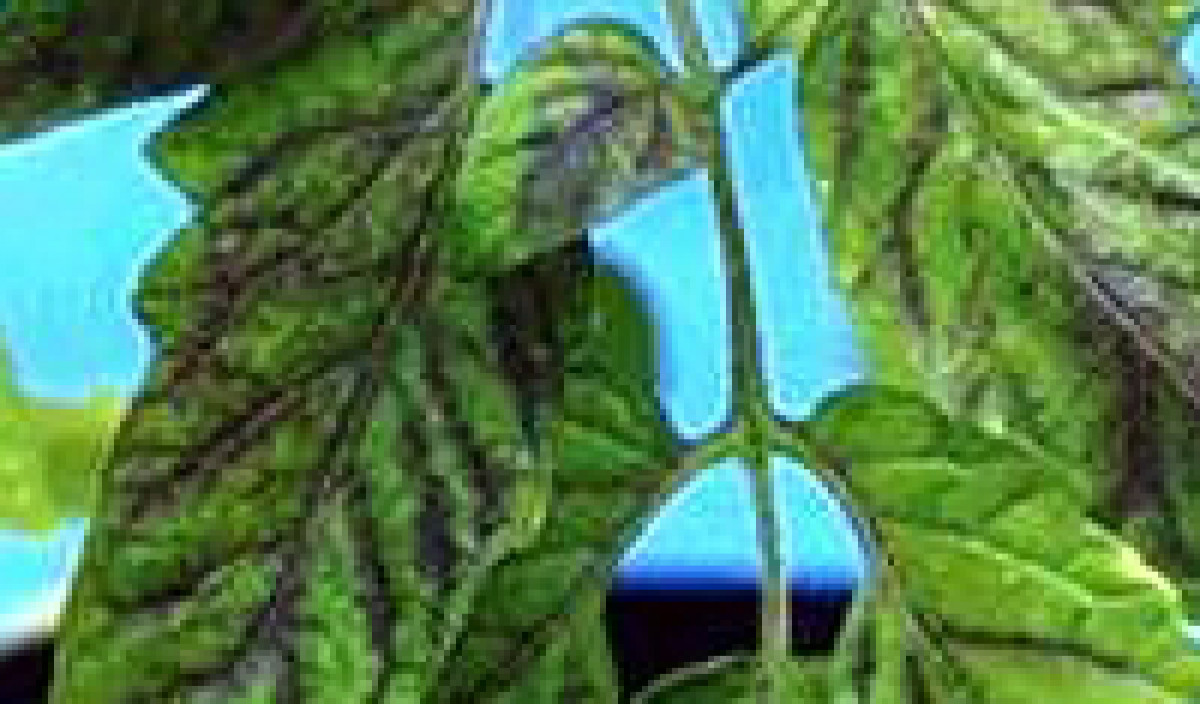Solve problems in and around your home.
Start Problem Solver

Phosphorous is an essential element for the healthy growth of plants. Plants that are deficient in phosphorous show burnt leaf tips followed by lower leaves changing colour.
The typical symptoms of phosphorous deficiency include leaf tips looking burnt and then lower (older) leaves darken and may turn reddish or purple.
Plants absorb phosphorous in the form of phosphates. Phosphates are not easily dissolved in water so are only slowly leached from soils. However, the pH (acidity - alkalinity) of soil can significantly affect the ability of plants to absorb phosphorous. For optimum absorption of phosphates soil should be neutral to slightly acid, in the range pH6.0-7.0.
Phosphorous is is involved in many aspects of plant growth and encourages flowering and root growth.
Houseplants

Gro-Sure Cacti & Succulent Pump’n’Feed. For longer lasting flowers and healthy growth.

Gro-Sure Orchid Pump’n’Feed. For longer lasting flowers and healthy growth.

Gro-Sure Houseplant Droplet Feeder. For optimum plant health and greener leaves. This slow release droplet feede…